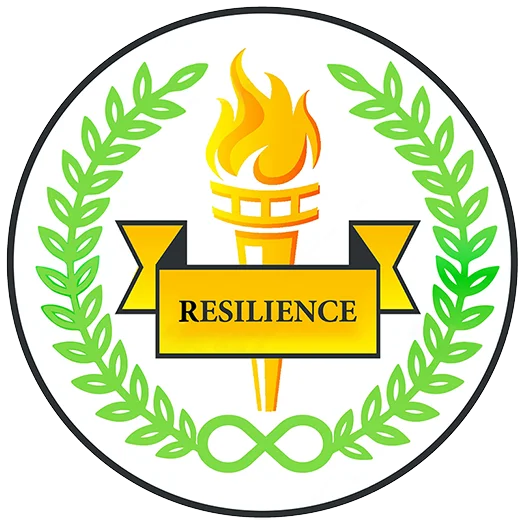Progressive Muscle Relaxation and Body Scan Exercise
Instructors should:
- Start the exercise by asking the child about something stressful they have gone through and share a similar experience themselves.
- Define what stress is. They should reassure their students that it isn’t bad to be stressed and that it is simply an emotion that will pass. Instructors should mention that people experience stress is different ways and that not everyone goes through it the same way.
- Explain the benefits of breathing exercises and ask their students to focus on how they breathe. Abdominal breathing also works for this age group as it is a good way to de-stress the body and the mind.
- Explain that deep-breathing is a healthy practice and that when we’re stressed out we’re prone to hyperventilating, which only prolongs our stress.
- Ask their students to focus their attention on one body part at a time and put all their energy into flexing and releasing that body part. Then they should ask their students how it felt after releasing the stress, as well as which body parts were harder or easier to flex.
- Ask students to write their experiences in their journals.
- Ask their students if they’re comfortable with sharing their journals. If they aren’t, it is important not to force them to. They should also share their own thoughts with their class so that their students can see that it’s okay to be vulnerable to a group if everyone is comfortable with it.
Paying Attention: Mindfulness Exercise
Instructors should:
- Start this exercise by having 15 objects placed on a tray with a cover over them. Then, they should show their students the objects and tell them that they will have a limited time to look at them. Instructors should tell their students not touch the objects or write anything down about them.
- Cover the tray back up and ask the students to write down as many objects as they can remember, once observation time is up. If their students do not do well, they should take another 15 objects and try it again with them. Most of the time students will do better on the second attempt.
- Introduce the next exercise, which involves defining the various senses experienced when peeling and eating an orange. They should carry on this exercise for about 3 minutes. Students cannot speak during this time and must try to completely focus on the task.
- Ask students about the experience after time is up. Was it hard to focus so long on one task? What did you notice about the orange that you never paid attention to before?
- Ask students to sit still and let their minds wander. It is important to explain that they shouldn’t judge their thoughts as bad or good, but just as thoughts. After the time limit, instructors should ask them how many thoughts they can remember and to share some with the class.
